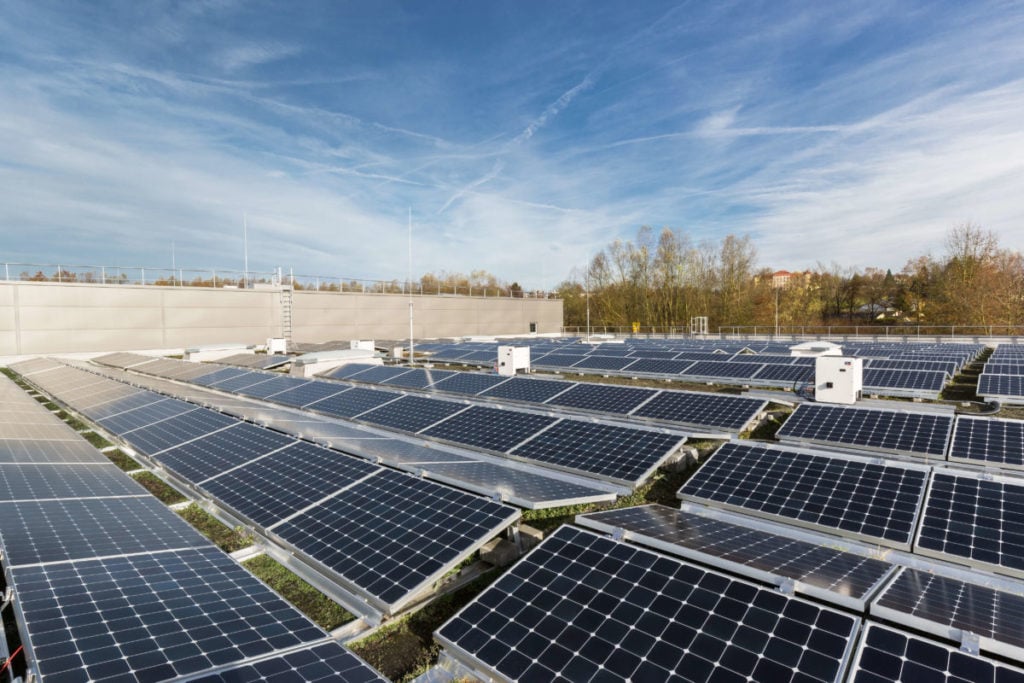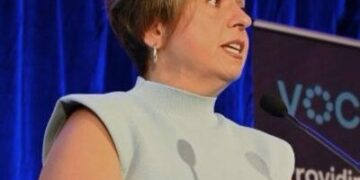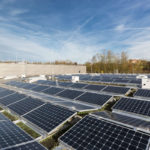Features, Editors’ Blog, Interviews, Long Reads
 “SMA Solar CEO Jürgen Reinert said its falling sales figures were “a temporary effect because end customer demand remains fundamentally robust worldwide.” Image: SMA Solar
“SMA Solar CEO Jürgen Reinert said its falling sales figures were “a temporary effect because end customer demand remains fundamentally robust worldwide.” Image: SMA Solar
German solar inverter manufacturer SMA Solar has published its financial results for the first quarter of the year, which include falling sales in the home and commercial and industrial (C&I) sectors, but “significant sales growth” in the large-scale and project sector.
The company reported the most significant growth in the large-scale sector, which saw sales almost double from €123.7 million (US$132.9 million) in the first quarter of 2023 to €228.7 million (US$245.8 million) in the first quarter of 2024.
This article requires Premium SubscriptionBasic (FREE) Subscription
Unlock unlimited access for 12 whole months of distinctive global analysis
Photovoltaics International is now included.
Regular insight and analysis of the industry’s biggest developments
In-depth interviews with the industry’s leading figures
Unlimited digital access to the PV Tech Power journal catalogue
Unlimited digital access to the Photovoltaics International journal catalogue
Access to more than 1,000 technical papers
Discounts on Solar Media’s portfolio of events, in-person and virtual
Or continue reading this article for free
However, sales in other sectors fell between the first quarters of 2023 and 2024, from €163.3 million (US$175.5 million) to €62.6 million (US$67.3 million) in the home solutions sector, and from €80.2 million (US$86.2 million) to €70.5 million (US$75.8 million) in the C&I sector. This, along with “an increase in the group’s cost base” helped lowered the company’s earnings before interest, taxation, depreciation and amortisation from €60 million in the first quarter of 2023 to €49.9 million in the first quarter of 2024.
SMA Solar’s leadership remains optimistic, however, arguing that many of these losses stem from macro-economic factors that will pass in time, such as the oversupply of solar products to the European market.
“We had a good start to the fiscal year in terms of sales, despite the decline in the home and C&I segments which we believe is only a temporary effect because end customer demand remains fundamentally robust worldwide,” said Jürgen Reinert, SMA Solar CEO. “The installation, expansion and modernisation of solar and battery systems will become much more attractive, especially for companies and tradespeople.”
Graph showing SMA Solar inverter sales by quarter. Credit: SMA Solar
Despite the company’s recent financial struggles, 2023 was a very positive year for its inverter sales. The graph above illustrates how SMA Solar sold more inverters in the first three quarters of 2023 than the entirety of 2022, and that the company’s annual inverter sales have almost tripled since 2018.
To an extent, this is a positive development, and follows growing interest in expanding the German solar sector, which has been put into law with the passing of the Solarpaket legislation. The company has also started construction on its so-called “Gigawatt Factory” that will double its annual German inverter manufacturing capacity from 20GW to 40GW.
However, there are growing concerns about the viability of solar manufacturing in the long-term across Europe.
Earlier this year, Johan Lindahl, secretary general of the European Solar Manufacturing Council (ESMC) told PV Tech Premium that Europe could lose its entire PV manufacturing industry, due to the availability of low-cost Chinese solar products, and German solar manufacturers, including SMA Solar and Meyer Berger, have announced plans to invest in new manufacturing facilities in the US.
Understanding PV module supply to the European market in 2025. PV ModuleTech Europe 2024 is a two-day conference that tackles these challenges directly, with an agenda that addresses all aspects of module supplier selection; product availability, technology offerings, traceability of supply-chain, factory auditing, module testing and reliability, and company bankability.
The conference will gather the key stakeholders from PV manufacturing, equipment/materials, policy-making and strategy, capital equipment investment and all interested downstream channels and third-party entities. The goal is simple: to map out PV manufacturing out to 2030 and beyond.
Features, Editors’ Blog, Interviews, Long Reads
>>> Read full article>>>
Copyright for syndicated content belongs to the linked Source : PV Tech – https://www.pv-tech.org/sma-solar-growth-large-scale-inverter-sales-decline-distributed-inverter-sales/






























